
The Congo clawless otter (Aonyx congicus), also known as the Cameroon clawless otter, is a species in the family Mustelidae.[1][2] It was formerly recognised as a subspecies (Aonyx capensis congicus) of the African clawless otter.[3][4]
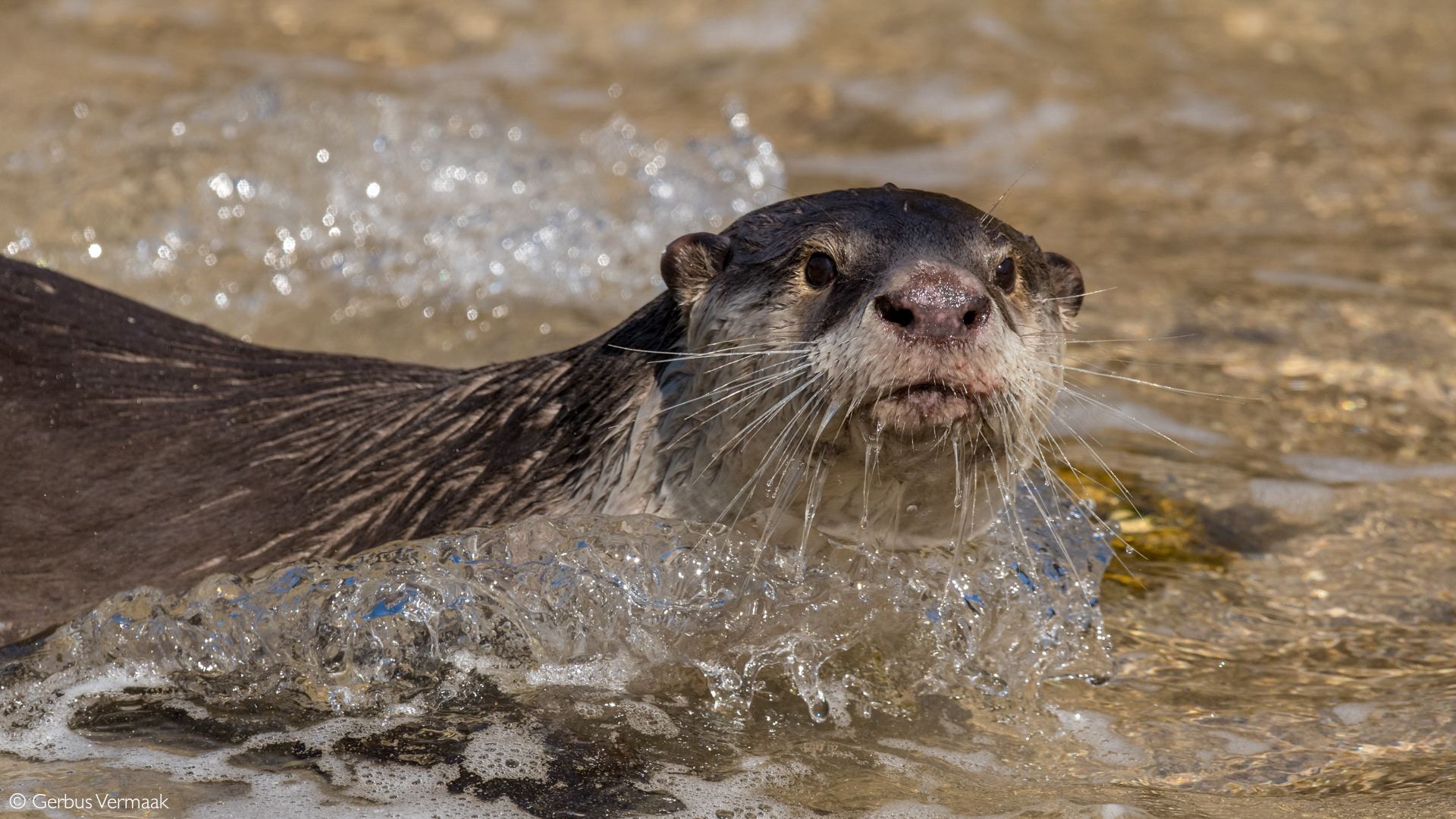
freshwater marshes, intermittent freshwater marshes, freshwater spring, inland deltas, saline lakes, intermittent saline lakes, saline marshes, intermittent saline marshes, shallow seas, subtidal aquatic beds, rocky shores, sandy shores, estuarine waters, intertidal flats, intertidal marshes, coastal saline lagoons, coastal freshwater lagoons, water storage areas, ponds, aquaculture ponds, seasonally flooded agricultural land, and canals and ditches. It is threatened by habitat loss.
Very little is known about this species. It is a large otter and found only in the mid-part of Africa, in the tropical belt. It is believed to spend much more time on land than other otters. Congo clawless otters are one of 14 species of otters in the carnivore family Mustelidae. Other members of this family include weasels, wolverines, and ferrets. An individual otter maintains a territory. Otters mark their territories with scent, and fervently patrol and defend their territories.
Congo clawless otters are characterized by only partial webbing (between the toes of their black feet and no webbing on their front feet), and small, blunt, peg-like claws. They have very sensitive forepaws, which they use for foraging. Other otters have fully webbed feet and strong, well-developed claws. Clawless otters have slender, serpentine bodies with dense, luxurious fur and long tails. All otters have been exploited for their thick, velvety fur. Their head and body length measure to be about 600–1,000 mm (24–39 in), and their tail length is between 400 and 710 mm (16 and 28 in). These large otters can weigh between 14 and 34 kg (31 and 75 lb).
Congo clawless otters feed on fairly soft prey items, such as small land vertebrates, frogs, and eggs.
Reproduction may occur throughout the year. Newborn cubs of A. congicus are white in color and do not reach their adult color of brownish white until about 2 months old. The clawless otter's life span is probably an average of 10–15 years.
The Congo clawless otter is threatened by the anthropogenic alteration or degradation of riparian and freshwater habitats.[1]
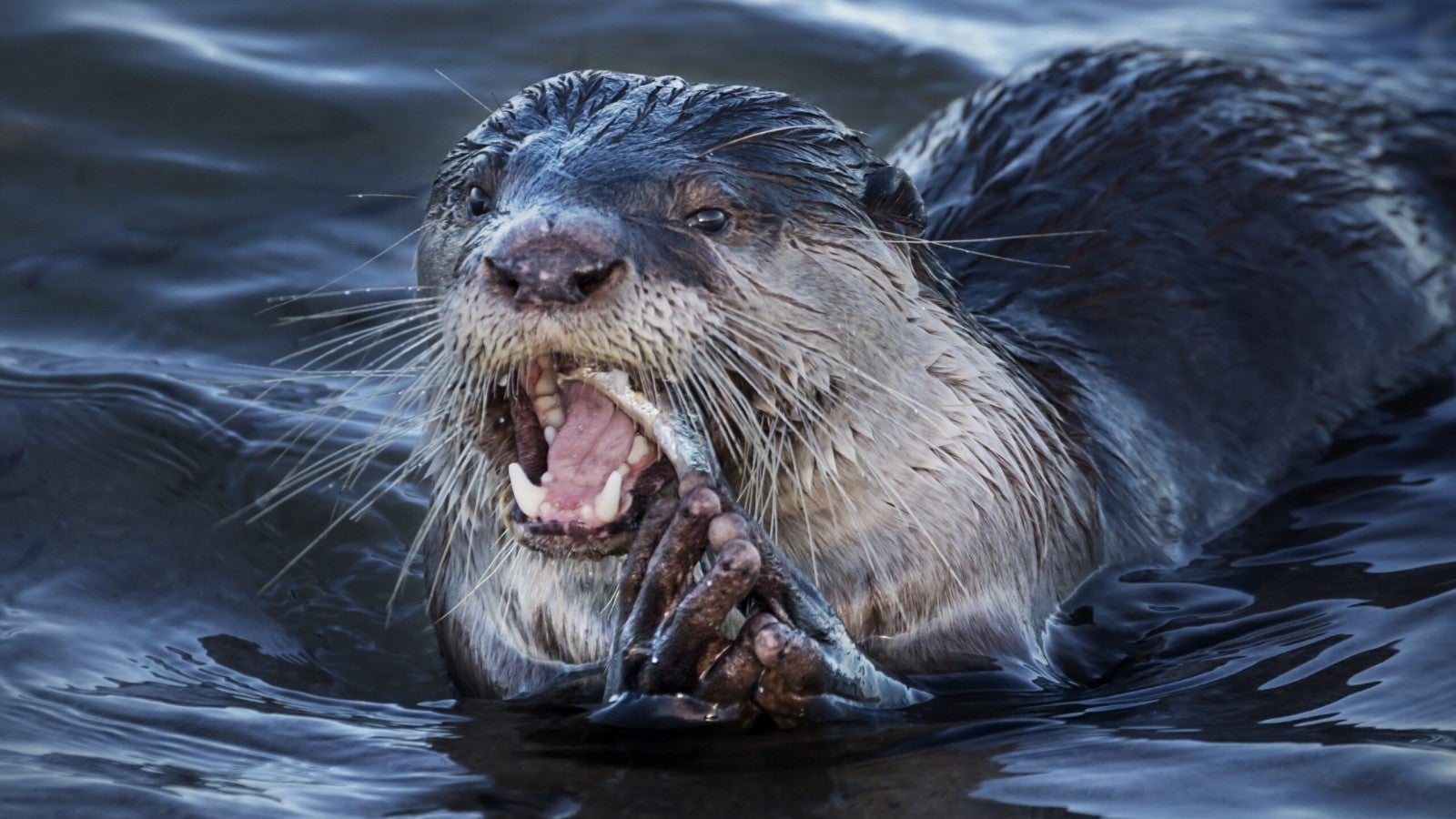

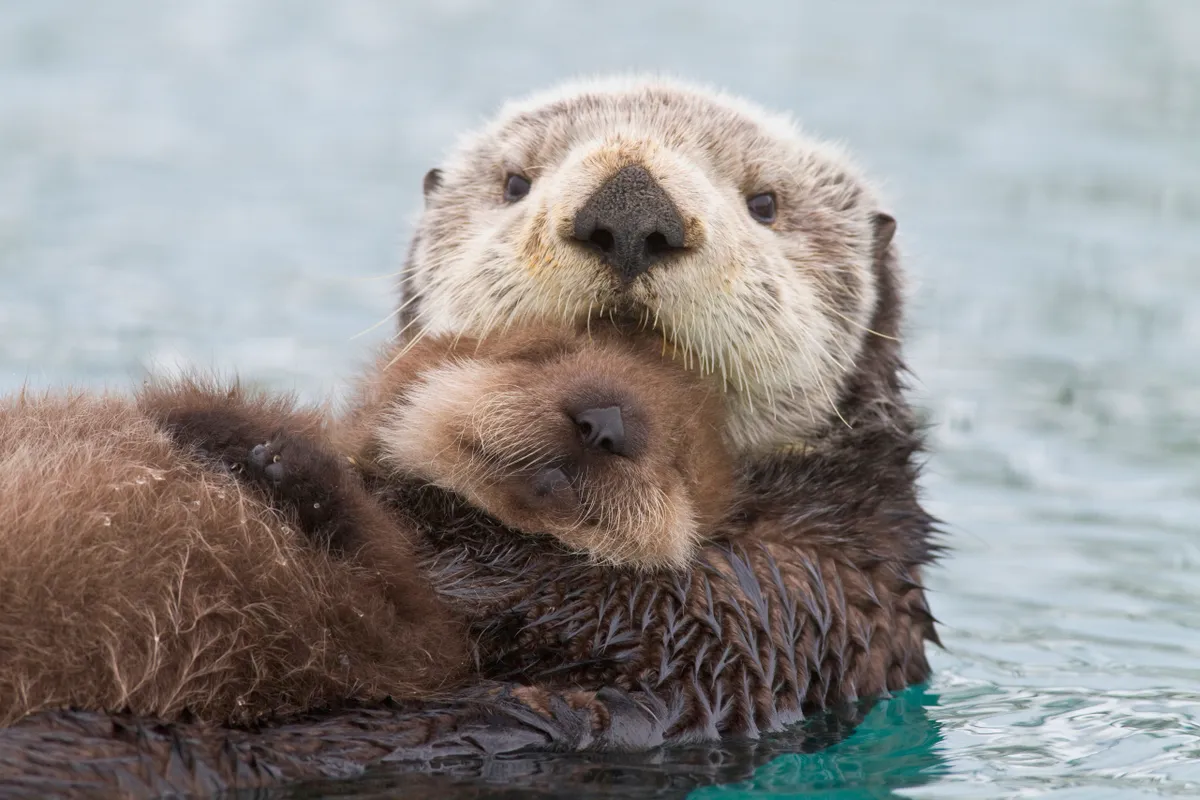






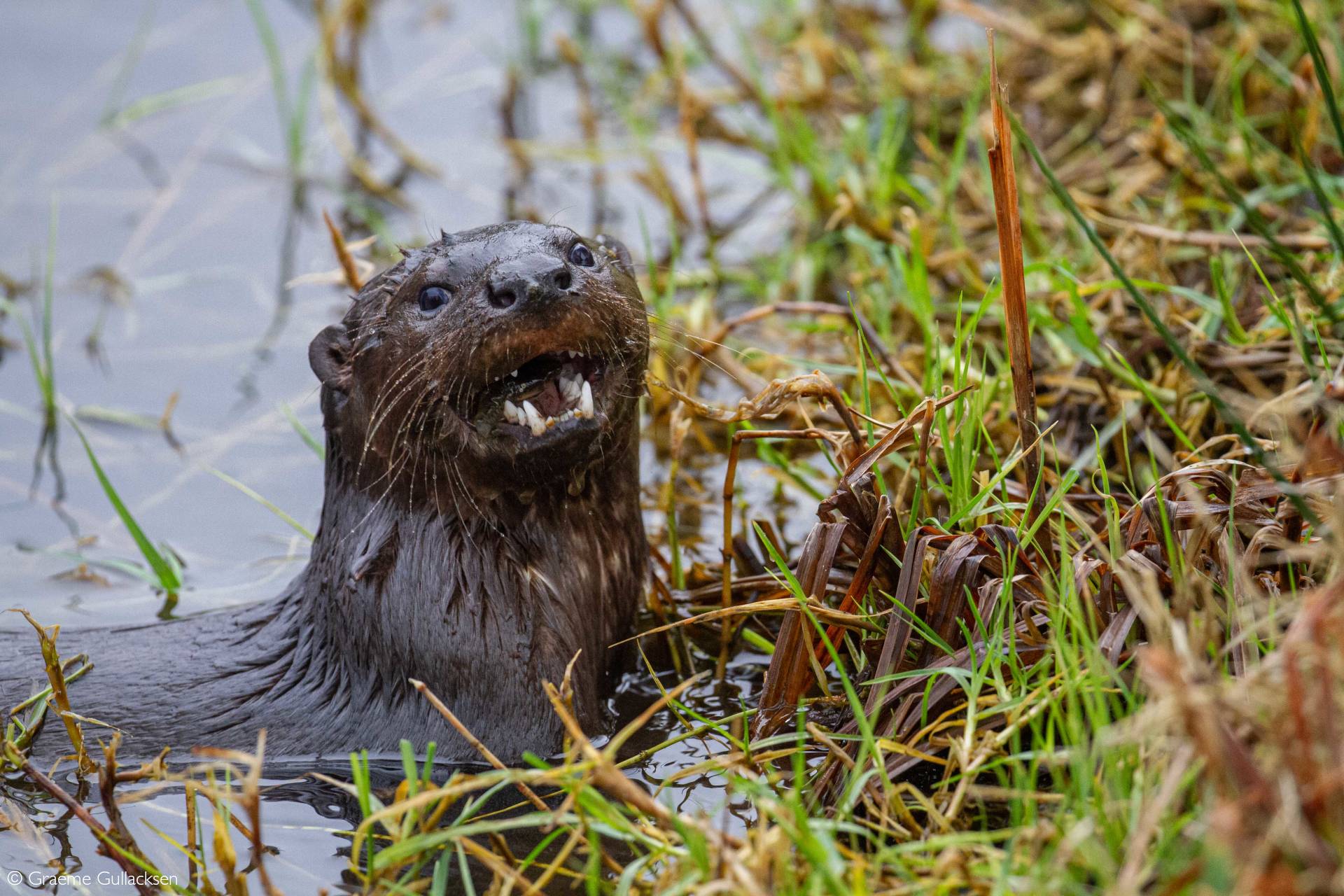
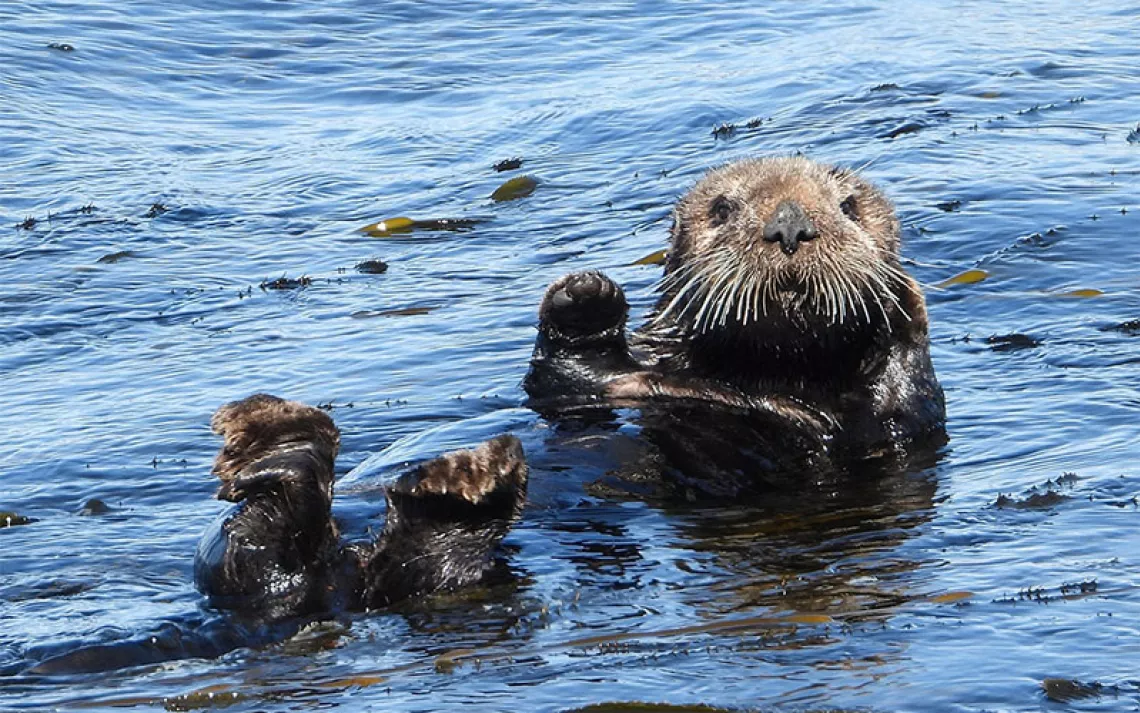
No comments:
Post a Comment
Note: Only a member of this blog may post a comment.